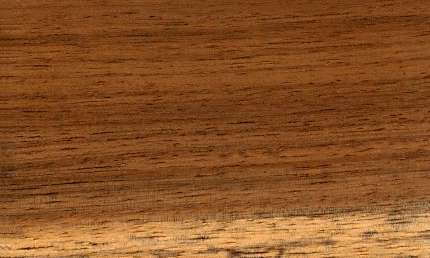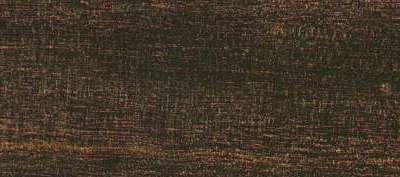 
Cana-fistula (Cassia javanica)
Family: Leguminosae
Common names: Acaciarosada, Amot tamaga, Anchoan, Angsoan, Antsoan, Apostola, Apple blossom cassia, Apple blossom senna, Bagiroro, Balayong, Cana-fistula, Casia rosada, Duyong, FugayongKilkilMalatagumNarang-dauelTindaloTualing-bakulau
Distributed in: Indonesia, Philippines (Oceania and S.E. Asia)
Distribution overview: C. javanica is indigenous to Java and Sumatra, and is also widely distributed in the Philippines (Calawagan, Occidental Mindoro).
Common uses: Beams, Building construction, Cabinetmaking, Canoes, Construction, Crossties, Flooring, Furniture , Furniture components, Interior construction, Interior trim, Joists, Posts, Rafters
Environment profile: Abundant/Secure
The environmental status of this species within its geographical boundaries has not been officially determined
Tree size: Tree height is 20-30 m
Colors: the heart isPurple, Redand the sapwoodBrown, Red.The grain isFigure
, the textureTypically coarse
Natural durability: Perishable
The wood is rarely attacked by termites
Odor: Has an odor
Drying Defects: Collapse, Internal Honeycombing Possible
Ease of Drying: Moderately Difficult to Difficult
Comments: Moderately hard to hard Moderately heavy to heavy
Boring: Very good to excellent results
Carving: Fairly Easy to Very Easy
Cutting Resistance: Easy to saw
Gluing: Very Good to Excellent Results
Mortising: Fair to Good
Moulding: Very Good to Excellent
Movement in Service: Very Good to Excellent
Nailing: Fair to Good , Very Good to Excellent
Planing: Fairly Easy to Very Easy
Resistance to Impregnation: Resistant sapwood
Response to hand tools: Easy to machine
It works with sharp tools to produce smooth surfaces in most operations
Sanding: Very Good to Excellent Results
Screwing: Fairly Easy to Very Easy, Very Good to Excellent Results; Turning: Fair to Good Results
- Numerical data Metric
- Numerical data English
- Strength properties
- References
 |
 |
 |
 |
| Item |
Green |
Dry |
Metric |
| Specific Gravity |
|
|
|
| Density |
|
|
kg/m3 |
| Bending Strength |
1038 |
1590 |
kg/cm2 |
| Crushing Strength |
86 |
134 |
kg/cm2 |
| Hardness |
|
|
kg |
| Impact Strength |
|
|
cm |
| Shearing Strength |
|
|
kg/cm2 |
| Stiffness |
123 |
145 |
1000 kg/cm2 |
| Tangential Shrinkage |
|
|
% |
| Radial Shrinkage |
|
|
% |
| Weight |
|
|
kg/m3 |
| Maximum Load |
|
|
cm-kg/cm3 |
| Toughness |
|
|
cm-kg |
| Static Bending |
657 |
1025 |
kg/cm2 |
|
 |  |  |  | | Item | Green | Dry | English | | Bending Strength | 14774 | 22628. | psi | | Crushing Strength | 1229 | 1908. | psi | | Maximum Crushing Strength | 6843 | 10968. | psi | | Static Bending | 9353 | 14583. | psi | | Stiffness | 1756 | 2076. | 1000 psi | | Specific Gravity | 0.63 | | | |
The wood is high in density
Lauricio, F. M. and S. B. Bellosillo.The Mechanical and Related Properties of Philippine Woods.The Lumberman, 12 (5): A-H.Purseglove, J.W.1968.Tropical Crops - Dicotyledon 1.John Wiley and Sons, Inc. New York.Rao, K.R. and S.K. Purkayastha. 1972. Indian Woods - Their Identification, Properties and Uses, Volume III - Leguminosae to Combretaceae. Published by the Manager of Publications, Delhi, India.Schneider, E.E. 1916. Commercial Woods of the Philippines: Their Preparation and Uses. Bulletin No. 14. Department of the Interior, Bureau of Forestry, Manila, Philippines.
| 








